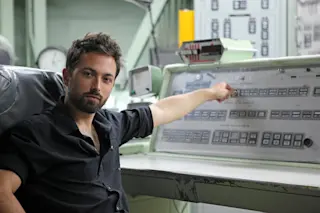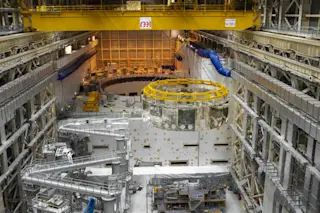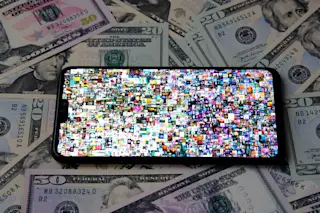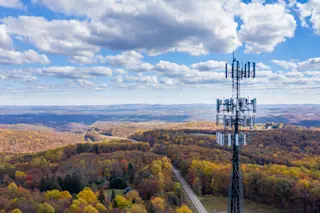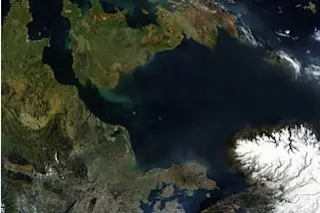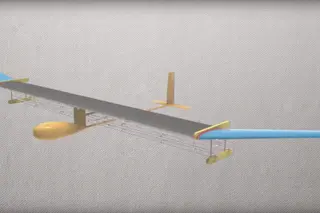Physicist Derek Muller found his way into numerous classrooms, homes and office cubicles via Veritasium, his YouTube science channel. But Muller’s latest project, hosting a documentary about uranium, took him even further afield (8 p.m. EDT July 28, PBS).
His travels included the ghost town of Pripyat, Ukraine, near the site of the 1986 Chernobyl disaster, a uranium mine in Australia’s remote Kakadu region and Marie Curie’s old lab in Paris. Muller chatted with Discover Senior Associate Editor Gemma Tarlach about the world’s most controversial element.
Q: Telling uranium’s story in two hours is ambitious. Where do you start?A: We go back more than 5 billion years to this rock’s source, an exploding supernova. The rock contains that trapped energy. So when you detonate a nuclear weapon, for example, you’re releasing energy that’s been trapped for billions of years.
Q: What makes the discovery of uranium so significant, in a ...


